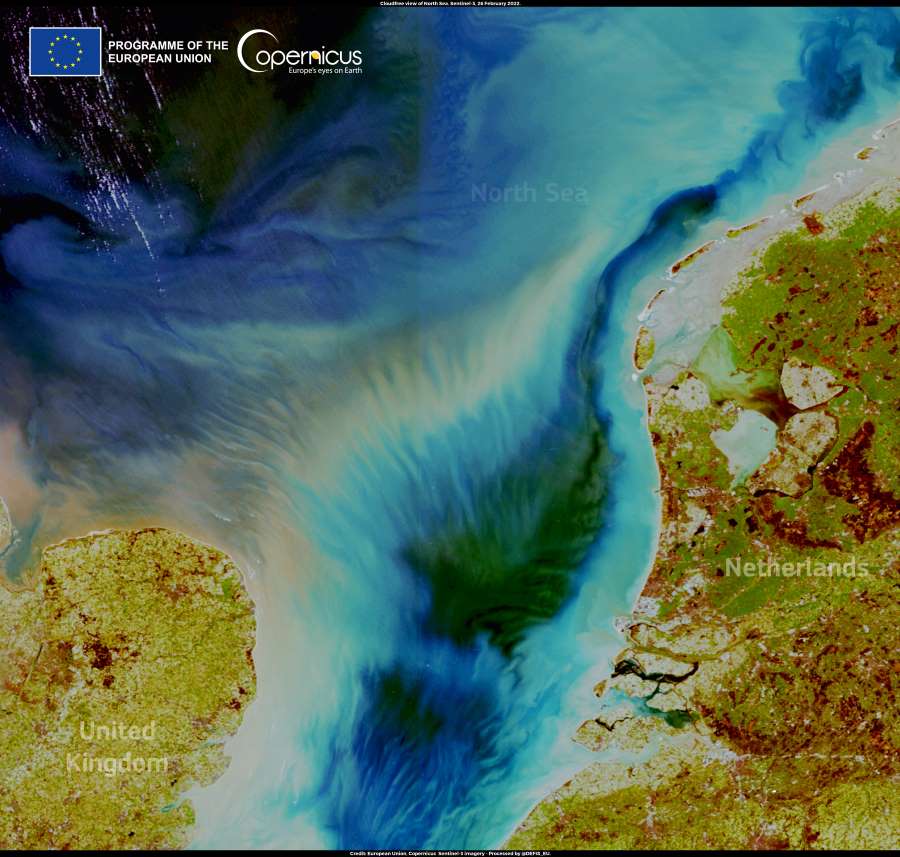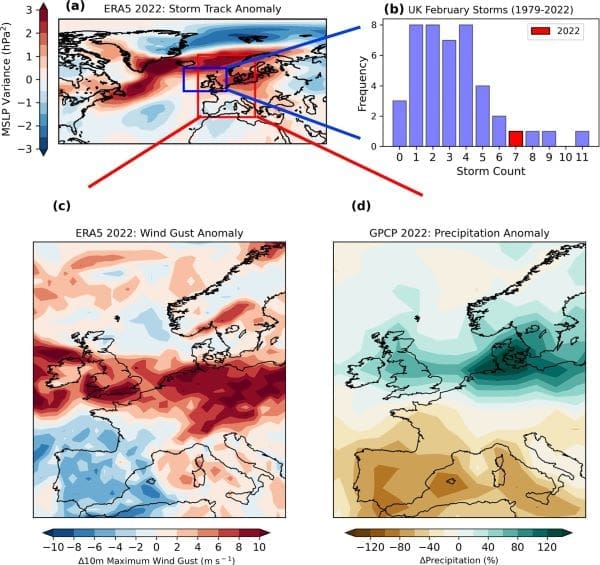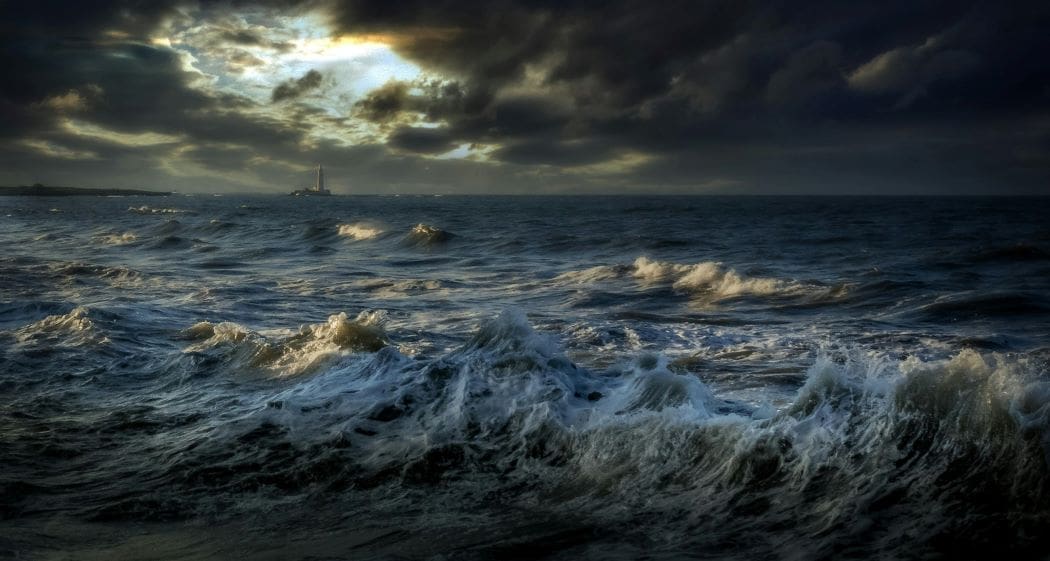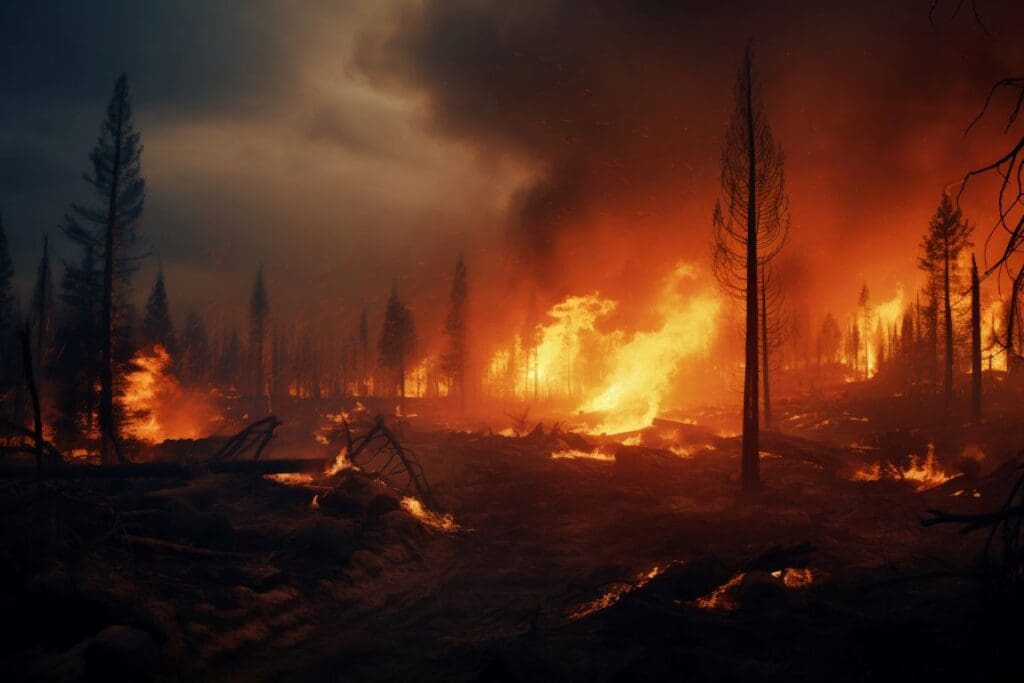Summary:
A powerful polar vortex swirling miles above the Arctic played a key role in fueling the series of destructive winter storms that struck the UK and Ireland in February 2022, researchers have found. The storms, including Dudley, Eunice, and Franklin, brought extreme winds, heavy rainfall, and widespread damage, causing multiple deaths and leaving a million homes without power.
Scientists at the University of Leeds analyzed the unusually strong stratospheric polar vortex (SPV) that developed during that period and found it significantly increased the likelihood of intense storms.
The study, published in Communications Earth & Environment, suggests that a strong SPV can raise the probability of multiple storms occurring in a single week by up to 80%. Their findings could improve long-term storm forecasting, with signals of a strong SPV detectable months in advance.
By recognizing these early warning signs, meteorologists may be able to predict heightened storm risks weeks before they occur, aiding in preparedness efforts. The research also highlights parallels with other stormy winters, including 2020 and early 2024, suggesting the need for further study on how stratospheric conditions shape extreme weather patterns.

Damaging cluster of UK winter storms driven by swirling polar vortex miles above Earth
A team of researchers led by the University of Leeds has pinpointed a new reason for winter storm clusters such as the trio named Dudley, Eunice and Franklin, which hit the nation within the space of a week in February 2022.
The findings reveal the cluster of extreme UK winter storms was connected to stronger winds in the Arctic stratosphere, and the researchers believe this could help weather forecasters to know when there is an increased risk of storm clusters up to a month before they happen.
Lead author Dr Ryan Williams, who carried out the research while at the University of Leeds, said: “Our research demonstrates the need to better understand the different drivers of the North Atlantic storm track, such as the state of the stratospheric polar vortex that is potentially predictable several weeks in advance.
“Being able to provide early warnings of possible severe weather is all the more pertinent with climate change, as there is evidence that major winter storms will become more intense, exacerbating impacts such as flooding and wind damage.”

February 2022 was a particularly stormy month in the UK, Ireland, Scandinavia and Germany with several intense cyclones – rotating low pressure weather systems that often create strong winds and heavy rain.
For the first time since 2015 when the UK Met Office began naming impactful cyclones, the UK experienced three named storms in a week – Dudley, Eunice and Franklin (.pdf). A total of seven storms were tracked near the UK during that month, the fourth highest number during February since 1979.
Four deaths were reported across the UK and Ireland and 1 million homes were affected by power outages lasting up to several days. The estimated insurance bill in the UK and the rest of Europe due to the windstorms was almost four billion euros.
Storm Eunice, which impacted the UK on 18th February 2022, was described as a once in a decade event and the most severe since 2014 with record wind gusts for England of 122 miles per hour recorded at the Needles on the Isle of Wight.
February 2022 was also characterised by an extremely strong stratospheric polar vortex – a large spinning mass of cold air in the stratosphere around 15 miles above the Arctic that is prominent during winter months.
The researchers were keen to understand the role played by such a strong stratospheric polar vortex (SPV) in driving the risk of the storms, something which had not previously been well explored.
They compared seasonal forecasts from January 2022, which showed the unusually strong state of the polar vortex, with those which suggested it would be close to average strength. Examining the properties of UK storms in these contrasting forecasts allowed the influence of the SPV to be identified.
They concluded that the strong SPV made it up to three times more likely there would be intense storms affecting the UK and northern Europe during February 2022.
Their results also reveal that the strong SPV at that time increased the likelihood of three or more storms reaching the UK in a single week by around 80% compared with when the SPV is normal.
Crucially, the researchers say that the signal for a strong SPV was evident from forecasts carried out as early as November 2021 and that spotting these conditions could offer a ‘window of opportunity’ for enhanced European predictability.
Co-author Jeff Knight, the Science Lead in Monthly to Decadal Prediction in the UK Met Office, said: “It’s been understood for a while that the Arctic stratosphere can affect the type of winter we get in the UK, but these results show that it can even affect the occurrence of stormy spells within the season.
“An intense stratospheric polar vortex can now be recognised as a warning to forecasters of increased risks of damaging storms. This was likely seen in the most recent winter, around the time of storm Eowyn in late January.”
Professor Amanda Maycock from the School of Earth and Environment who led the project, added: “The stormy conditions and strong stratospheric polar vortex during February 2022 bare parallels to other periods, such as what occurred in February 2020 and even what we have seen at the start of this year. Future work should investigate the connection we have found for other winters.”
Journal Reference:
Williams, R.S., Maycock, A.C., Charnay, V. et al., ‘Strong polar vortex favoured intense Northern European storminess in February 2022’, Communications Earth & Environment 6, 226 (2025). DOI: 10.1038/s43247-025-02175-7
Article Source:
Press Release/Material by University of Leeds
Featured image credit: Ray Bilcliff | Pexels




